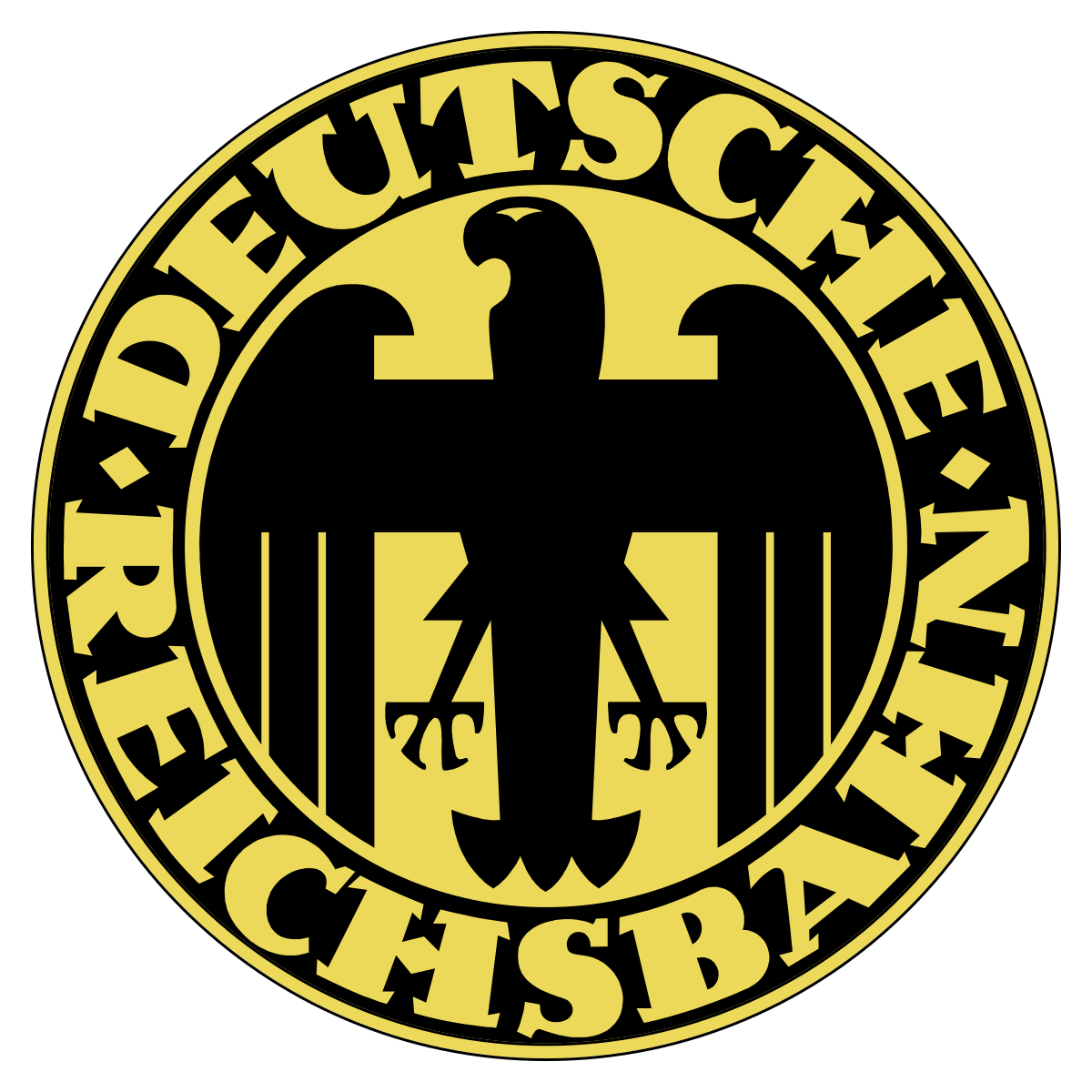I have footage.You have a source on that?
The first 9 seconds show a panzer turret being machined, the curly stuff in the middle of the turret is the discarded metal from machining.
And that's quite a lot of stuff.
The roadwheels were also machined, as shown in the vid.
Thus making 6 Panzer III/IV roadwheels more efficient to create than 8 Panzer IV roadwheels.
As demonstrated by the video about, machining takes time.You haven't demonstrated your point actually is accurate though. Just asserted something and gish galloped with it.
Much easier to work with flat plates of armor that's arranged in a slope than having to machine out a weird curved shape.
Which required the use of slave labor to do so, thus lowering quality.Quality dropped because they prioritized output over quality.
The Autobahn actually was used for military operations. The other stuff was more political in use and as makework to get the population money in their pockets; I'd argue without that prerequisite the public wouldn't have tolerated any military spending while they were starving. That's something engineers tend to not consider with resource allocations: the actual needs of the public.
Now that said the Reichsbahn should have been a priority over the Autobahn, but at least the Autobahn had utility, as it allowed for forces to be driven around, like in 1936 in the Rheinland, 1938 in Austria and the Sudetenland, 1939 in core Czechia, in 1939 in Poland, and 1940 in France and the Lowlands. Plus of course in 1944-45. Don't forget that it also acted as a reserve airfield, as they had strips of straight, high quality paved sections as well.

Deutsche Reichsbahn - Wikipedia
 en.wikipedia.org
en.wikipedia.org
Which means anything with tracks is a no-no on the Autobahn.
Only thing the Autobahn is good for is transporting wheeled units.
Which meant burning gasoline/diesel and lots of wear and tear on rubber tires.
Wastage of two resources that Germany can lest afford.
Railways only required the use of coal and steel, something the Germans had more of than oil and rubber.
And by the time the Autobahn was used as reserve airfields the USAAF was already running rampant over Germany and there was little fuel left for the Luftwaffe anyway.
Fuel that was wasted by using the Autobahn to transport units, according to you.


